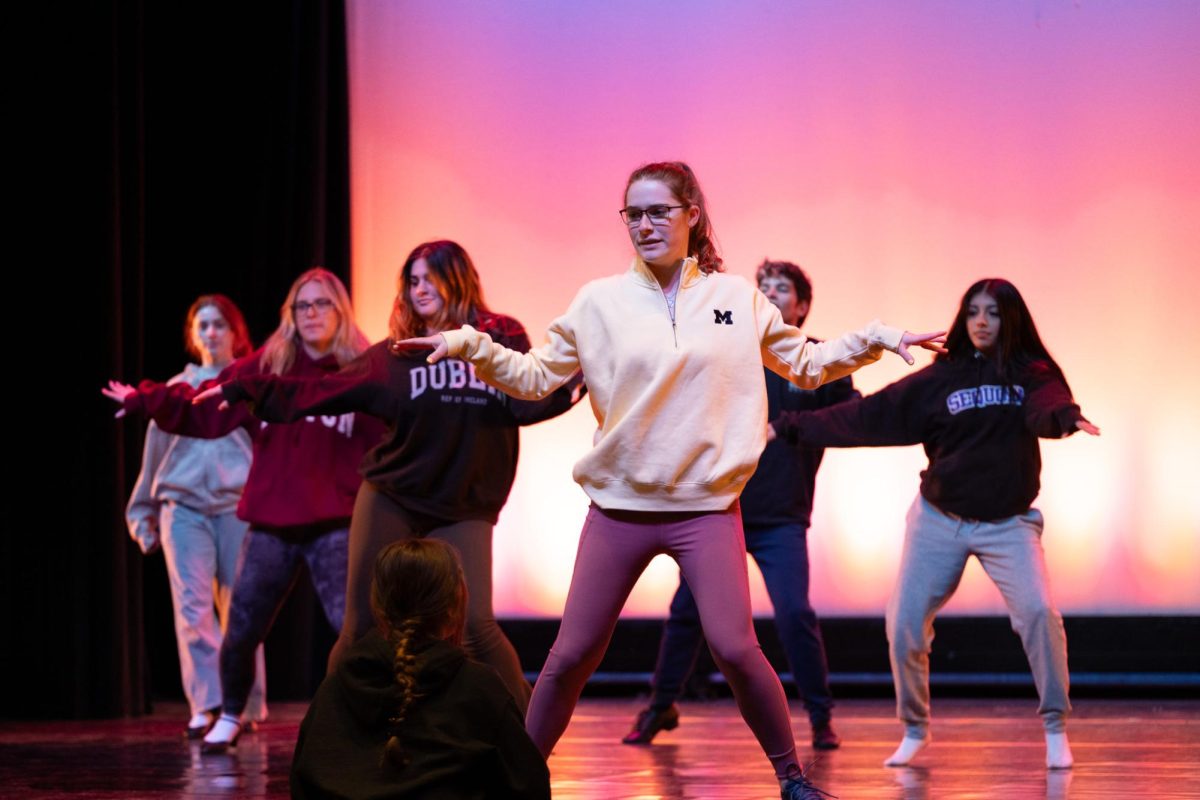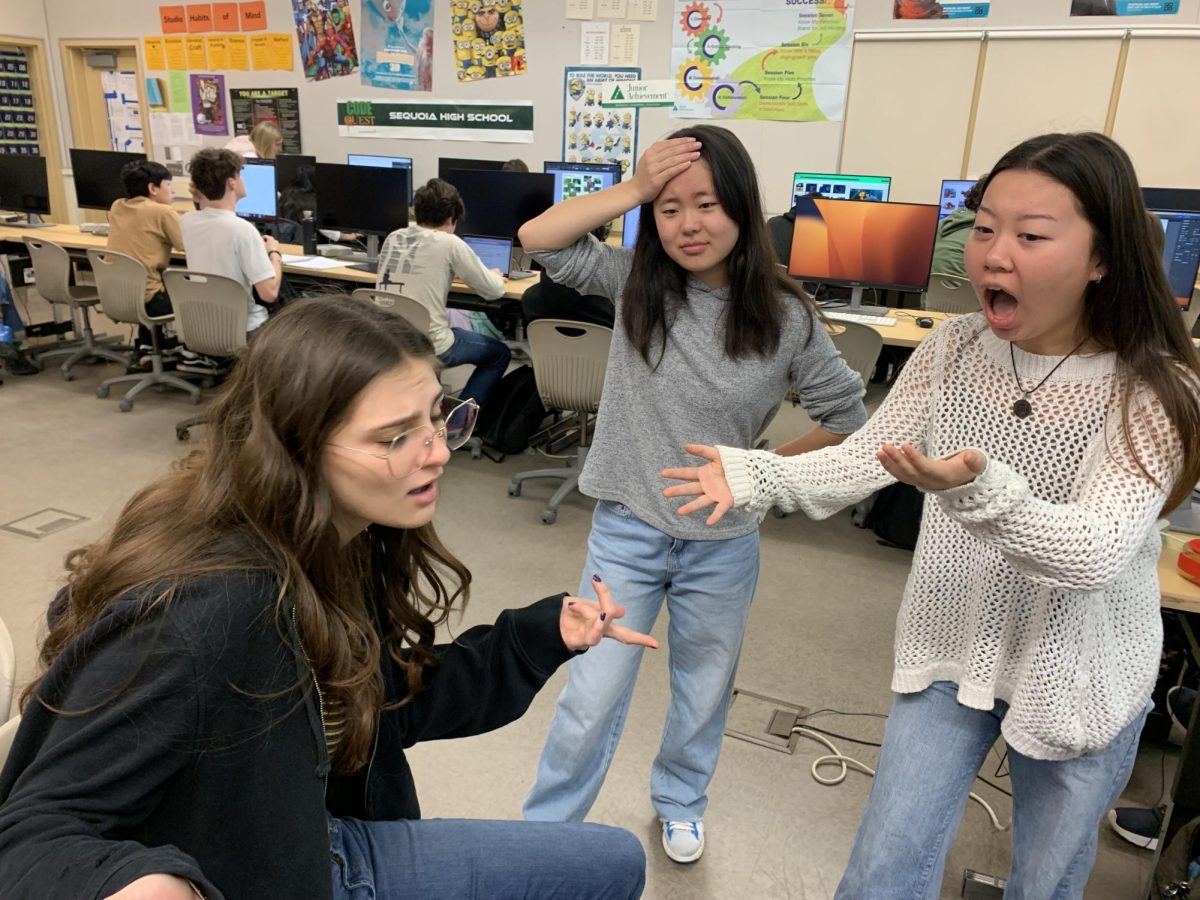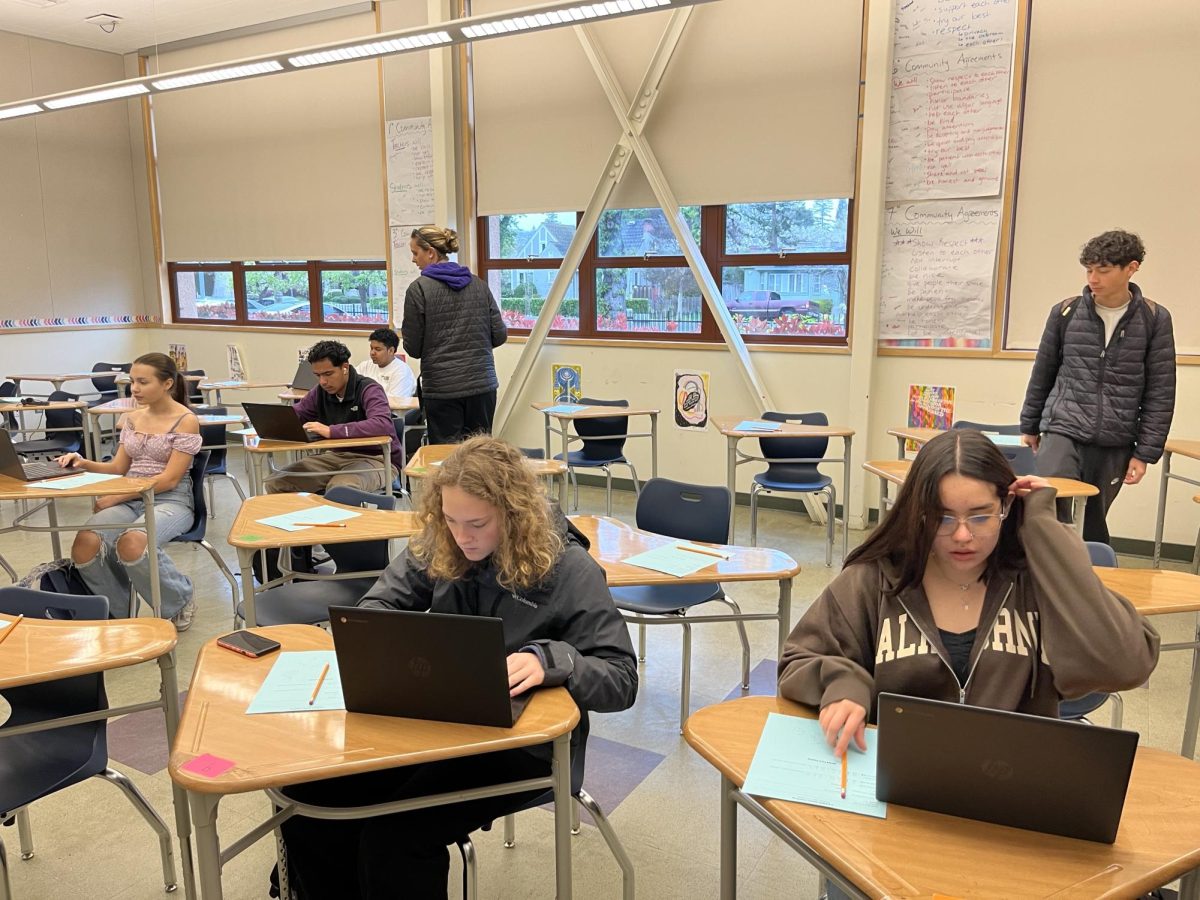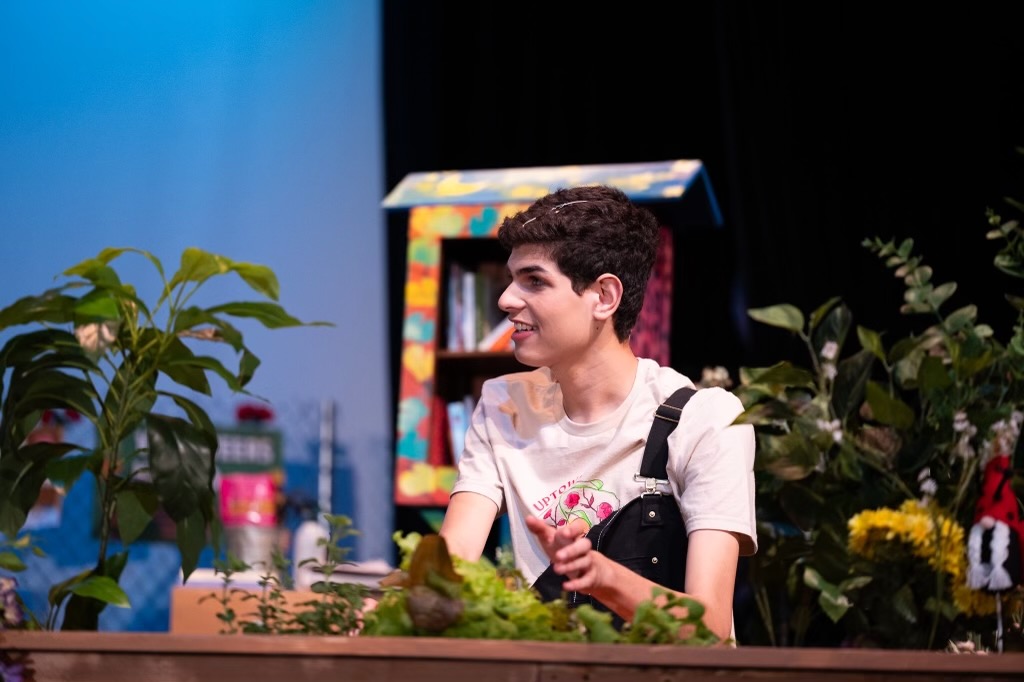BUILD-ing their future
March 7, 2022
After coming back to school in- person, students have had to grapple with
relearning social and educational norms, and rekindling a sense of community with one another. These adjustments fit in with BUILD’s mission to educate students on entrepreneurship and teach them lifelong skills. One way that BUILD, and business teacher David Weyant, helps with this is with spark skills. “[In BUILD] there’s these things called spark skills. So it’s [grit], communication, collaboration, problem solving and innovation,” Weyant said. BUILD is a nationwide entrepreneurship program that teaches students how to build a business while being the CEO of their own lives. Becoming the CEO of your life is one of the many skills freshman Nathaniel Corona has learned so far in this class. “I saw these kids had the same entrepreneurial drive, but not the resources,” Suzzane Clarh, the founder of BUILD said. Founded in 1991 in East Palo Alto, Build has since transformed from a small afterschool program, to a nationwide elective class. To this day BUILD still gives students entrepreneurial and life skills. “ S e l f m a n a g e m e n t . Whenever the bell rings [Mr. Weyant] has taught us to put our phones away on time and be focused,” Corona said. One of the main components of BUILD is the semester long project that every student participates in. “Every year the freshmen work in teams to come up with ideas, and these ideas become a business,” Weyant said. “They’re basically going to get consumer feedback,
pitch for seed funding, manufacture and sell their product at events on campus, and close out their business.” Corona’s product is called C4F “Spend time with those you enjoy.” “We’re making a card game,” Corona said. “It is meant for people to communicate with each other.” The card game is meant to be played in groups. The aim of the game is to win challenges on the cards. One example of a challenge is a Superman themed rock paper scissors challenge, titled, “Superman, kryptonite and lead.” “Our whole goal is to connect families … it’s a big problem right now with technology – there’s no communication,” Corona said. Another student project in BUILD is lightspin. “We’re putting lights on bike wheels for highschool students to be safer biking at night,” Emil Bothe said. BUILD focuses on the entire process of becoming a business. Having an idea is great, but it is just the first step. Entrepreneurship is a tough job with no guarantees and a steep learning curve. One way BUILD helps with this problem is with their mentorship program. “ [ M e n t o r s ] will at first kinda cycle around the different groups,” Eric Rubenacker, a second year BUILD mentor, said. “Then you get paired with one [BUILD product team] and you will work with them very closely for the rest of the semester.” Not only do students gain valuable knowledge from the mentors, but mentors also gain skills from these students. “I think it puts me in a new perspective […] where it gives great insight into how [BUILD students] go about solving
business issues,” Rubenacker said. One thing in common among students in the BUILD program at Sequoia is their passion for the class. With teachers like David Weyant who has been at Sequoia for 23 years, or the many mentors in BUILD. “I just wanted to pay it forward . . . and provide these high school students with a different viewpoint that there is more than what they are familiar with,” Edgar Corral, another Build mentor, said. Students also reflect this passion towards the program. “You see the curiosity in many of these students, you see their desire to succeed and their desire to do more, their desire to break any stereotypes thrusted upon them by society,” Corral said. BUILD gives students hands-on experience with business and entrepreneurship. If students choose to pursue these fields, they will be well prepared. If they choose another career path, they may also leave the program a better student. “[In other classes BUILD students] work with groups better, they’re able to communicate their ideas.” Weyant said, “That’s the big takeaway from the class.”





